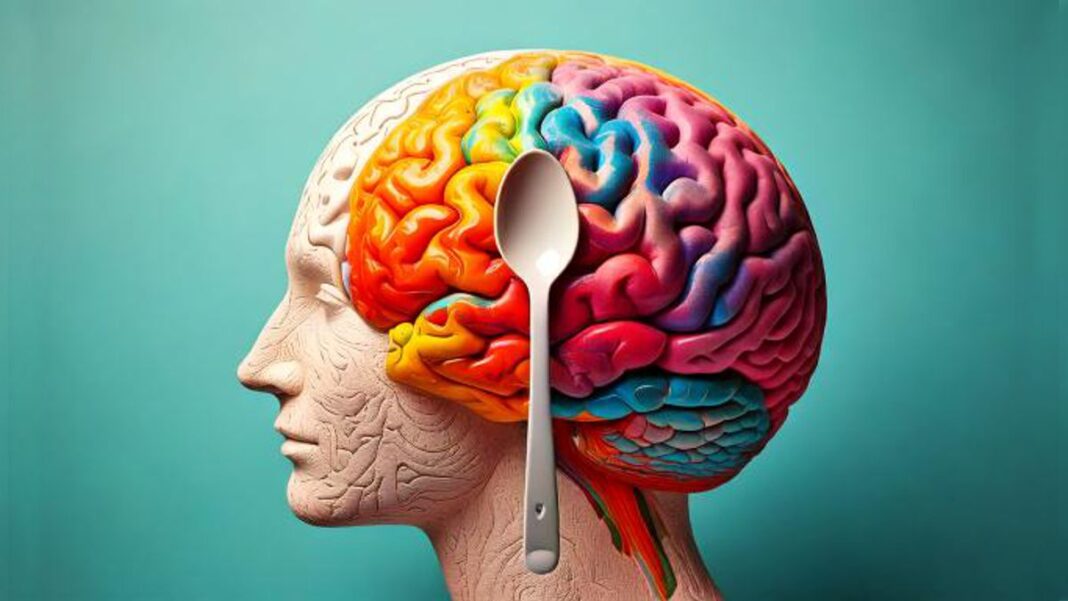Could microplastics be linked to health issues like dementia?
Microplastics are making their way into human brains at higher levels than in other vital organs, according to new findings.
The study, published in Nature Medicine on Feb. 3, confirms that tiny plastic fragments are passing through the brain’s protective blood-brain barrier, potentially impacting health and cognitive function.
Researchers from the University of New Mexico (UNM) tested autopsy samples from 2016 and 2024. They found that over just 8 years, the amount of microplastic fragments in the brain has increased by about 50 percent. Brain samples from 2024 contained microplastics equal in weight to a plastic spoon.
Brains affected by dementia showed significantly higher concentrations of these plastic particles.
Finding such high concentrations in the brain was unexpected and alarming, Matthew Campen, lead researcher and toxicologist, told The Epoch Times during a press conference.
“People are simply being exposed to ever-increasing levels of micro- and nanoplastics,” said Campen. The particles are so small, they’re roughly the width of two COVID viruses standing side by side, he noted.
The rate of accumulation “is simply mirroring the environmental buildup and exposure.” As plastic breaks down over time, it degrades and becomes small enough to enter the human body and brain.
Plastic Pollution in Organs
Brain tissue contained 7 to 30 times more microplastics than other vital organs like the livers or kidneys, making it one of the most plastic-polluted tissues yet examined.
Researchers tested 52 human brain samples from both 2016 and 2024, all taken from the frontal cortex—the part of the brain responsible for judgment, decision-making, and muscle movement.
In the brain, the microplastic concentration reached around 5,000 micrograms per gram—far higher than the liver and kidneys, which carried around 400 micrograms of plastics per gram.
The study also compared earlier brain samples from the eastern U.S. (1997–2013), which had lower microplastic levels, around 1,250 micrograms per gram. Their findings support a trend of gradual increases in plastic accumulation in the organs over time, with 2024 showing the highest levels.
To visualize the amount of microplastics in the brain, Campen held up a plastic spoon. Since the brain weighs around 1,400 grams (or three pounds), having 5,000 micrograms of plastic per gram would amount to over 5 grams of plastic in total—roughly the weight of a plastic spoon.








